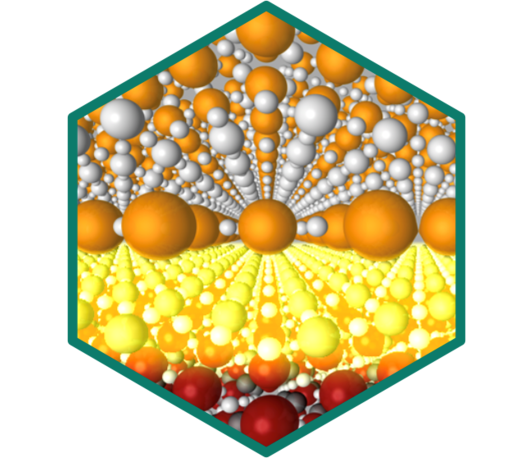Regulating phase transitions in complex oxides for information and energy storage
- Datum: 25.11.2024
- Uhrzeit: 11:00 - 12:00
- Vortragende(r): Yingge Du
- Physical Sciences Division, Pacific Northwest Laboratory, USA
- Ort: Max Planck Institute for Solid State Research
- Raum: 7D2
- Gastgeber: Dep. Solid State Quantum Electronics

Structurally ordered oxides exhibit a broad range of structural, compositional, and functional properties. As such, they have found widespread applications in microelectronics as well as energy storage and conversion, particularly for use as electrocatalysts, cathodes, and solid state ionics. However, as-designed materials can undergo dramatic changes under their operating and/or extreme conditions, which often leads to performance degradation and device failure. This talk will highlight our recent effort aiming to modify complex oxides through heteroepitaxy to achieve tunable functional properties. Combining in situ and environmental transmission electron microscopy, time-of-flight secondary ion mass spectrometry (ToF- SIMS), synchrotron-based techniques, and ab initio simulations, we elucidate the structural and chemical evolution pathways in atomically and isotopically well-defined materials systems and reveal how such changes impact their functional properties. The first part of my talk focuses on Brownmillerite (BM)-structured SrFeO2.5 (BM-SFO) which are perovskite (ABO3)-associated structures that contain ordered oxygen vacancy channels. We show that at relatively low temperatures, a topotactic phase transition between BM-SFO and perovskite SrFeO3 can be promoted, delayed, or prohibited based on the interfacial strain conditions and external stimuli, highlighting the importance of interface engineering in designing robust and efficient ion conducting materials. In another example, I will present how we can control diffusion pathways and kinetics for small cations in heteroepitaxial structures, which is closely tied to the working and failure mechanisms in lithium and beyond lithium-ion batteries. In both cases, the high spatial and temporal resolution offered by advanced electron microscopy allow us to visualize the reaction onset, kinetics, intermediates, and final products, which are critical for the rational design of functional materials.